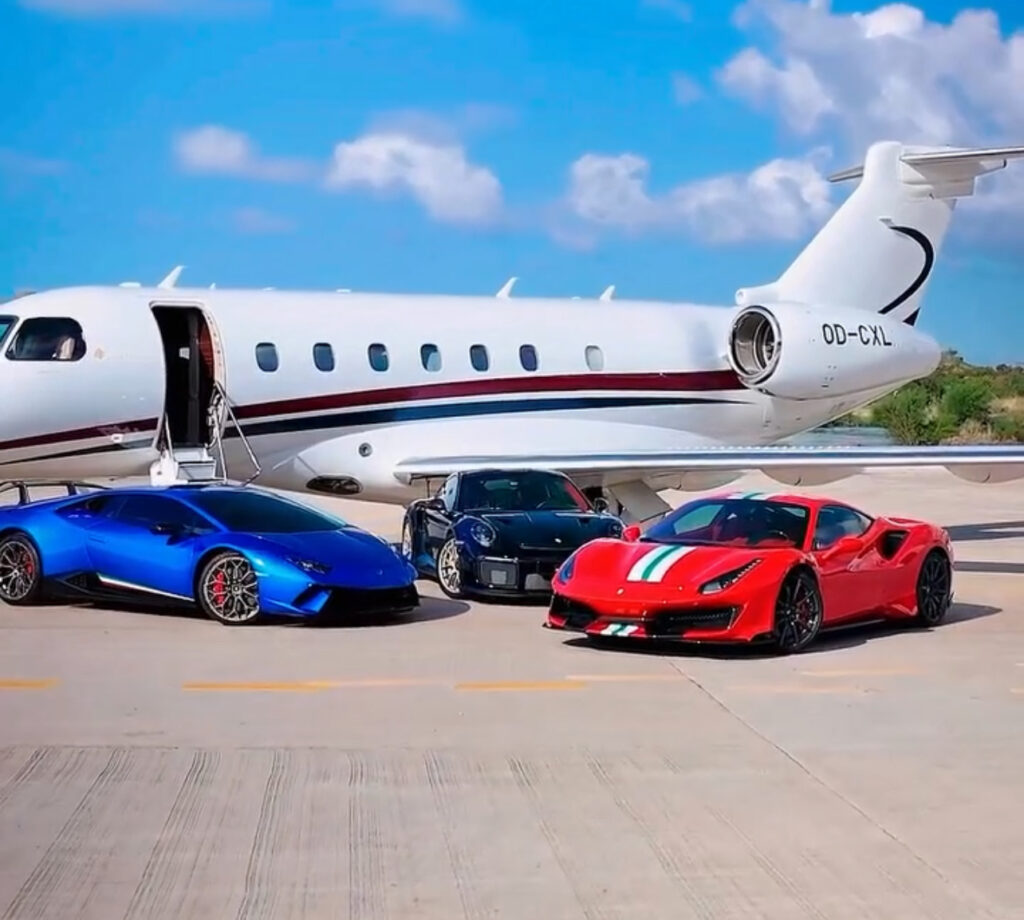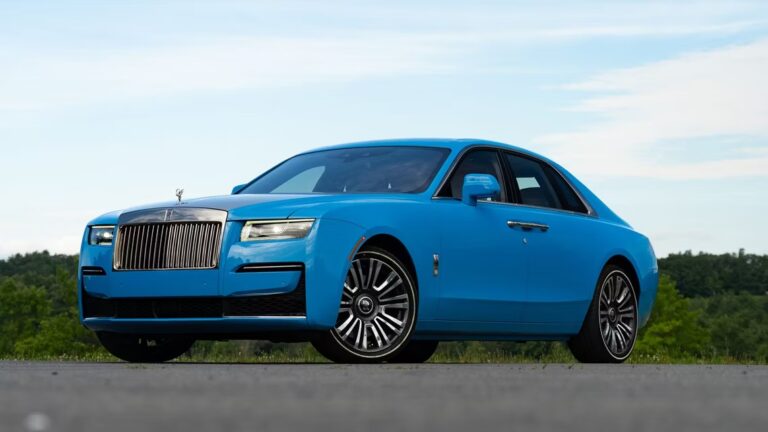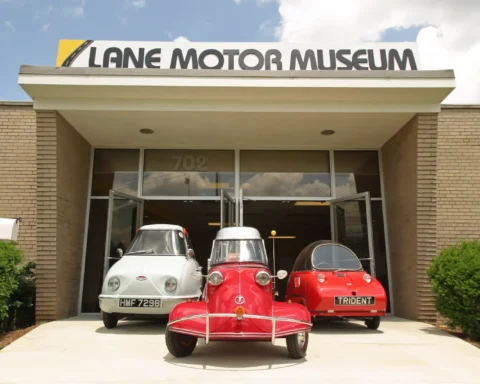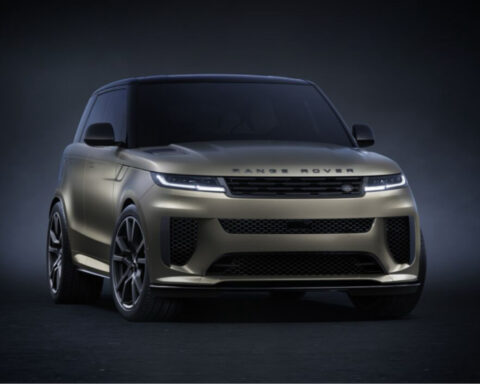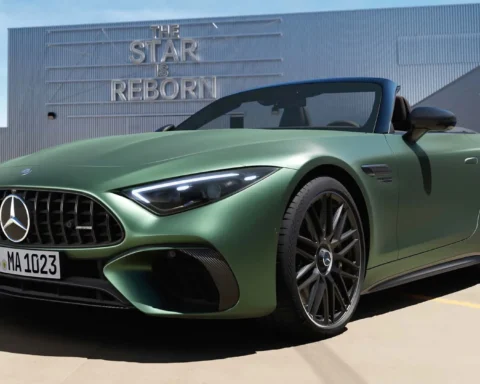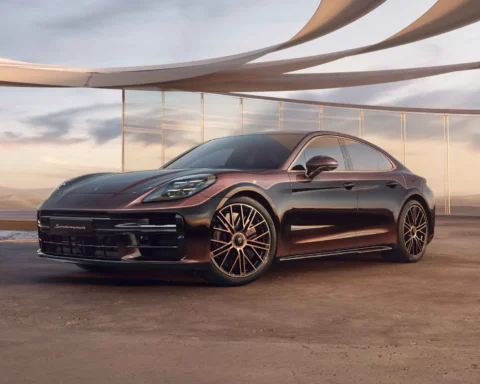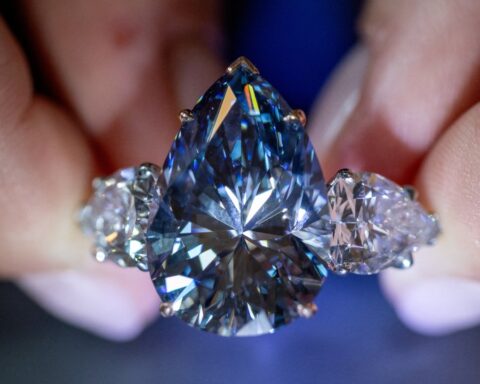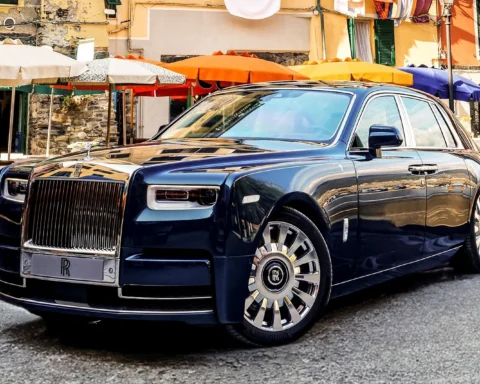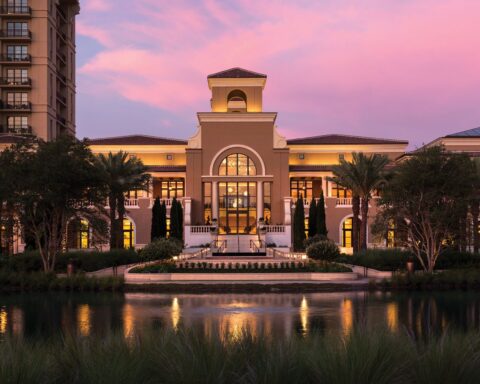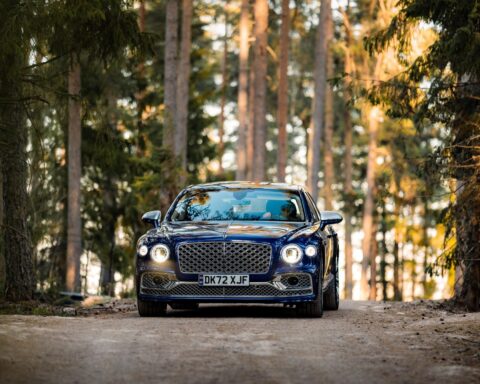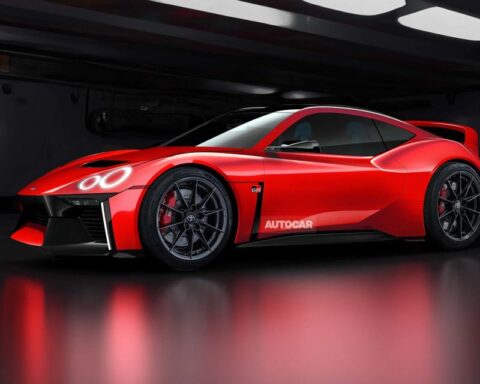Introduction:
In the world of automotive excellence, the fusion of luxury, tradition, and technology has become a defining factor for discerning buyers. While tradition and luxury evoke a sense of timeless elegance, the integration of cutting-edge technology has emerged as a vital consideration for modern car enthusiasts. Striking the perfect balance between these three elements presents a unique challenge for automakers striving to cater to a diverse audience.
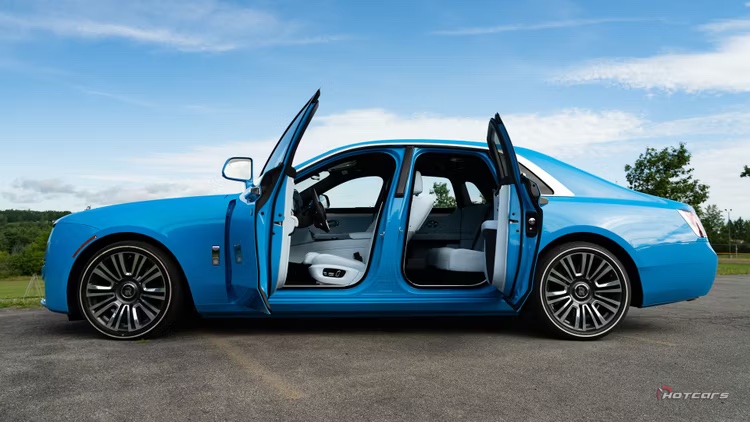
The Marriage of Luxury and Tradition:
Luxury in automobiles transcends opulence; it embodies a meticulous attention to detail, exquisite craftsmanship, and the use of premium materials. A luxury car exudes a sense of refined elegance that stands the test of time. Tradition, on the other hand, pays homage to automotive heritage, drawing inspiration from classic designs, iconic silhouettes, and time-honored manufacturing techniques. It is the thread that weaves together automotive history and the contemporary landscape.
The Technology Conundrum:
As technology continues to shape our daily lives, its integration into automobiles has become a non-negotiable aspect for a substantial segment of buyers. From advanced infotainment systems to cutting-edge driver-assistance features, the modern car is now a hub of connectivity and convenience. Younger buyers, in particular, seek seamless integration with their digital lifestyles, demanding intuitive interfaces and an array of smart features.

Strategies for Seamless Integration:
- Intuitive User Interfaces: Designing user-friendly interfaces that seamlessly integrate technology without overwhelming the driver or compromising the aesthetic appeal of the interior.
- Invisible Technology: Concealing technology within the vehicle’s design, ensuring it enhances the driving experience without overshadowing the luxury and tradition elements.
- Customization and Personalization: Offering buyers the ability to tailor the technological features to their preferences, striking a balance between innovation and individuality.
- Heritage-inspired Innovation: Infusing modern vehicles with subtle nods to automotive history, creating a harmonious blend of tradition and cutting-edge technology.
Case Studies: Exemplifying the Balance
- Rolls-Royce Phantom: Epitomizing luxury and tradition, the Phantom seamlessly incorporates state-of-the-art technology, including a suite of connectivity options and advanced driver-assistance features.
- Porsche 911: Balancing its iconic design with cutting-edge technology, the Porsche 911 exemplifies how a legendary sports car can evolve without compromising its heritage.

Conclusion:
In the pursuit of crafting exceptional automobiles, the integration of luxury, tradition, and technology stands as a testament to the automotive industry’s commitment to innovation. Striking this delicate balance allows automakers to cater to a diverse clientele, ensuring that each vehicle offers an unparalleled driving experience. As technology continues to advance, the challenge remains to harmonize these elements, creating vehicles that are not only a marvel of engineering but also a testament to timeless elegance and forward-thinking innovation.


